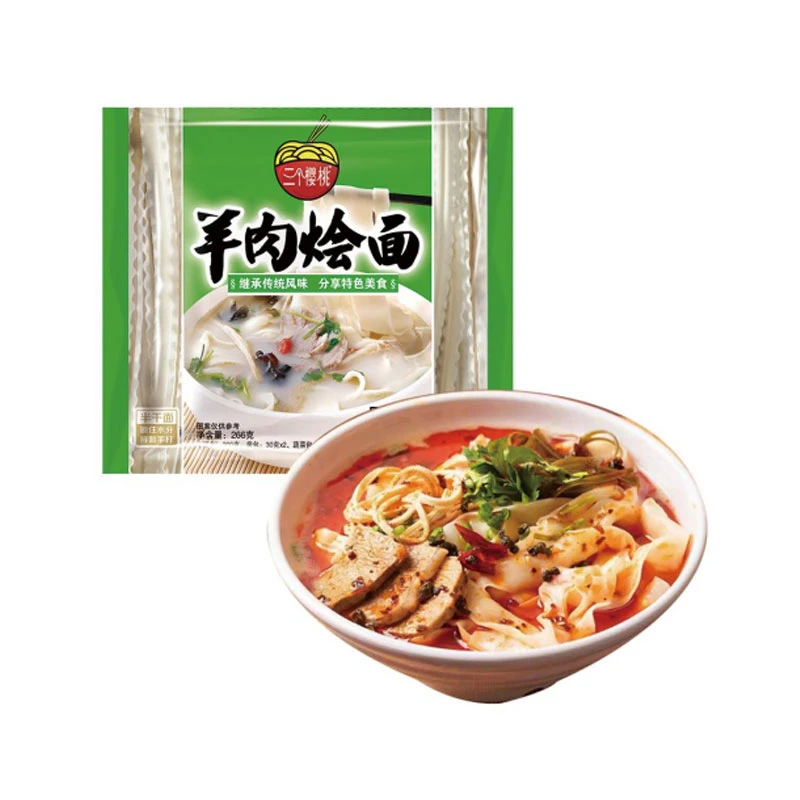Soba Noodles A Healthy Choice for Diabetics to Enjoy Guilt-Free Meals
Soba Noodles A Healthy Option for Diabetics
In recent years, traditional Asian cuisine has gained significant recognition for its diverse flavors and health benefits. Among the many dishes, soba noodles, made from buckwheat flour, stand out, particularly for individuals managing diabetes. Soba noodles are not only delicious but also offer several health benefits that could help stabilize blood sugar levels.
Understanding Buckwheat
First, it's essential to understand what soba noodles are. Buckwheat is a whole grain that is inherently gluten-free and rich in essential nutrients. Unlike regular wheat noodles that can cause spikes in blood sugar levels, soba noodles have a lower glycemic index (GI), making them a safer choice for diabetics. The glycemic index measures how quickly a carbohydrate-containing food raises blood glucose levels. Foods with a low GI are digested more slowly, providing a gradual release of glucose into the bloodstream, which is crucial for blood sugar management.
Nutritional Benefits of Soba Noodles
Soba noodles are not just about having a lower GI; they are also densely packed with nutrients. A typical serving of soba noodles is a good source of protein and contains healthy essential amino acids. This is particularly important for individuals managing diabetes, as protein can help moderate blood sugar levels and keep you feeling full longer, thus preventing overeating.
In addition, soba is high in soluble fiber, which can aid in digestion and further help in regulating blood sugar levels. Fiber also promotes a sense of fullness, which can be beneficial for those trying to maintain or lose weight—an important aspect for individuals with diabetes. Moreover, buckwheat is rich in antioxidants, including rutin, which has been shown to improve blood circulation and reduce inflammation, both vital for diabetic health.
Culinary Flexibility
soba for diabetics

One of the best things about soba noodles is their versatility in various dishes. They can be enjoyed hot or cold, served in soups, stir-fries, or salads, making them an excellent option for all seasons. For a simple and nutritious meal, try cold soba salad with a variety of non-starchy vegetables like cucumbers, bell peppers, and carrots, dressed with a light soy dressing or sesame oil.
Furthermore, soba can be combined with lean proteins like chicken, tofu, or shrimp to create a balanced meal that keeps blood sugar levels stable. Including a healthy fat source, such as avocado or nuts, can also enhance the nutritional profile of the dish and contribute to satiety.
Portion Control and Pairing
While soba noodles are a healthier choice, portion control remains essential for managing diabetes. A single serving of cooked soba noodles is about half a cup, which provides enough energy without leading to excessive carbohydrate intake. Pairing soba with ample non-starchy vegetables and a protein source can help to create a balanced meal that keeps blood sugar levels stable while providing essential nutrients.
Additionally, individuals with diabetes must monitor their overall carbohydrate intake throughout the day. Incorporating soba noodles as part of a well-planned meal, rather than the primary component, allows for a more rounded approach to nutrition without sacrificing flavor.
Conclusion
In conclusion, soba noodles can be an excellent addition to the diet of anyone managing diabetes. Their lower glycemic index, nutritional benefits, and culinary versatility make them a smart carbohydrate choice. By practicing portion control and combining soba with nutrient-dense foods, individuals with diabetes can enjoy a flavorful, satisfying meal that contributes to their overall health and well-being. Whether enjoyed in a warm soup or a refreshing salad, soba noodles represent a delicious path to better blood sugar management.
-
Unleash Your Inner Chef with Delectable Italian Pasta CreationsNewsAug.01,2025
-
Savor Health and Flavor: Irresistible Soba Noodles for Sale Await!NewsAug.01,2025
-
Nourish Your Body with Premium Organic Ramen - A Culinary Delight AwaitsNewsAug.01,2025
-
Elevate Your Dishes with Our Exquisite Kinds of Egg NoodlesNewsAug.01,2025
-
Dive into Flavorful Convenience with Our Ramen OfferingsNewsAug.01,2025
-
Discover Exquisite Types of Naengmyeon and Chilled Soba NoodlesNewsAug.01,2025
-
Is Whole Wheat Pasta Healthy?NewsMay.30,2025
Browse qua the following product new the we

















































































































